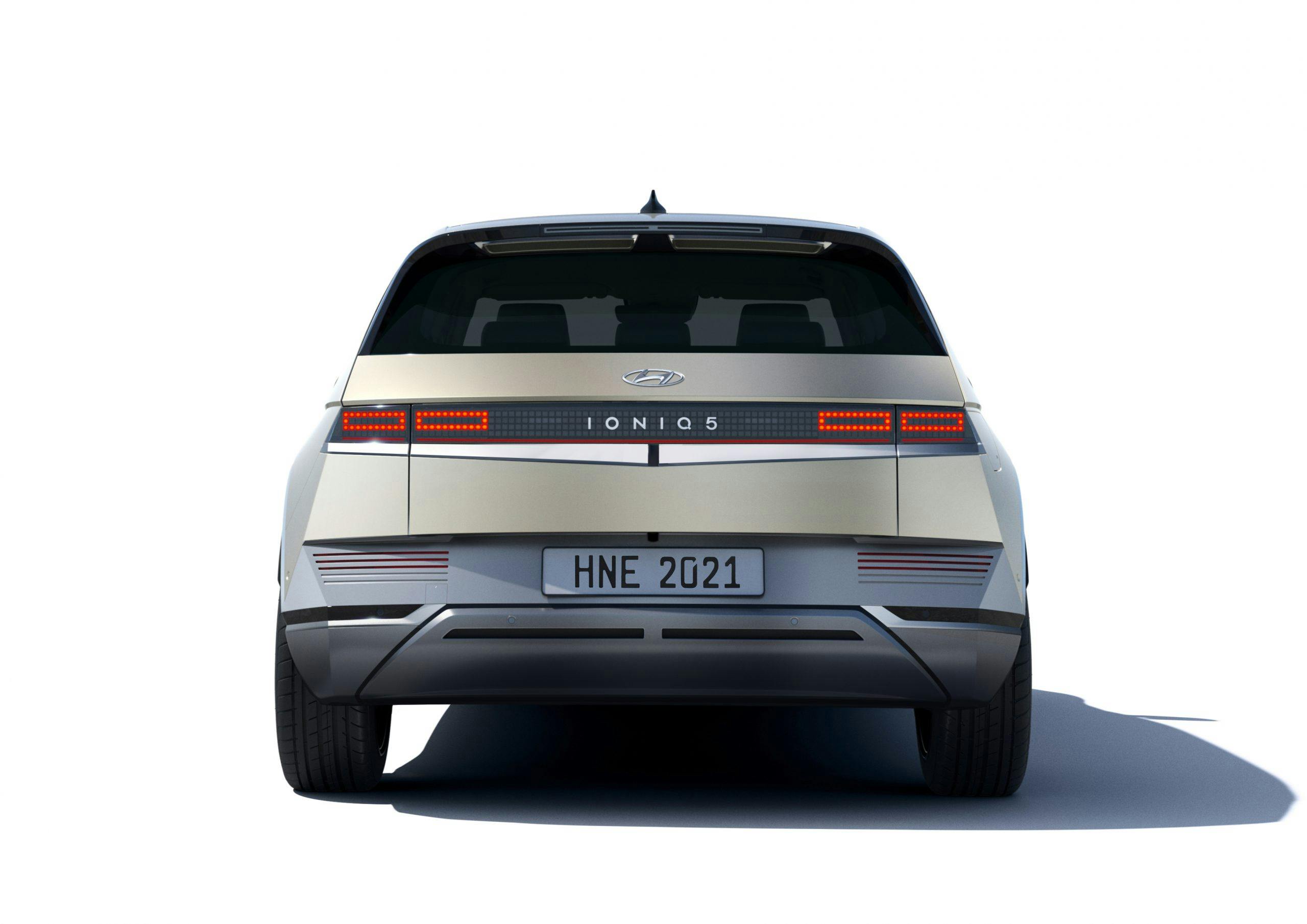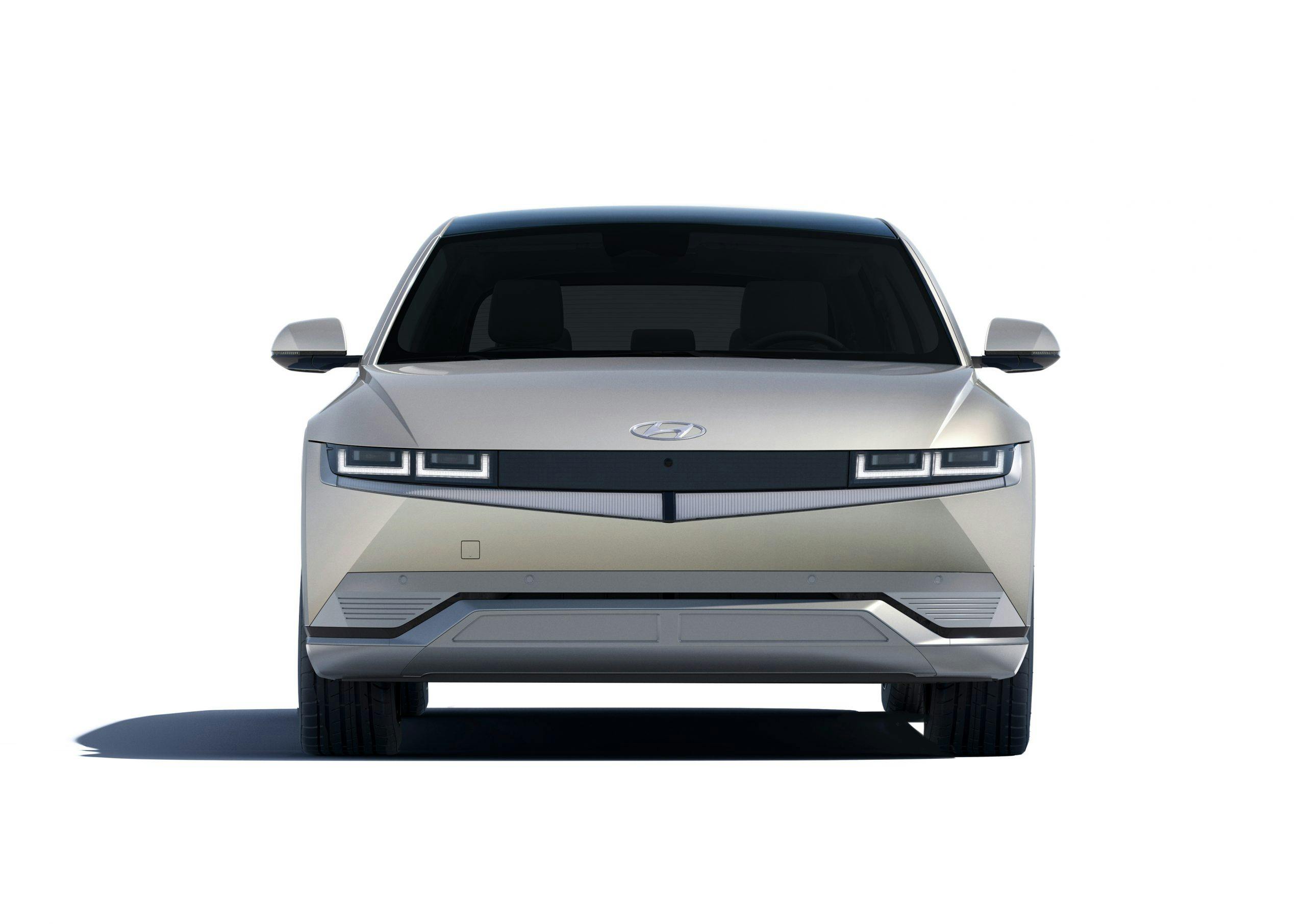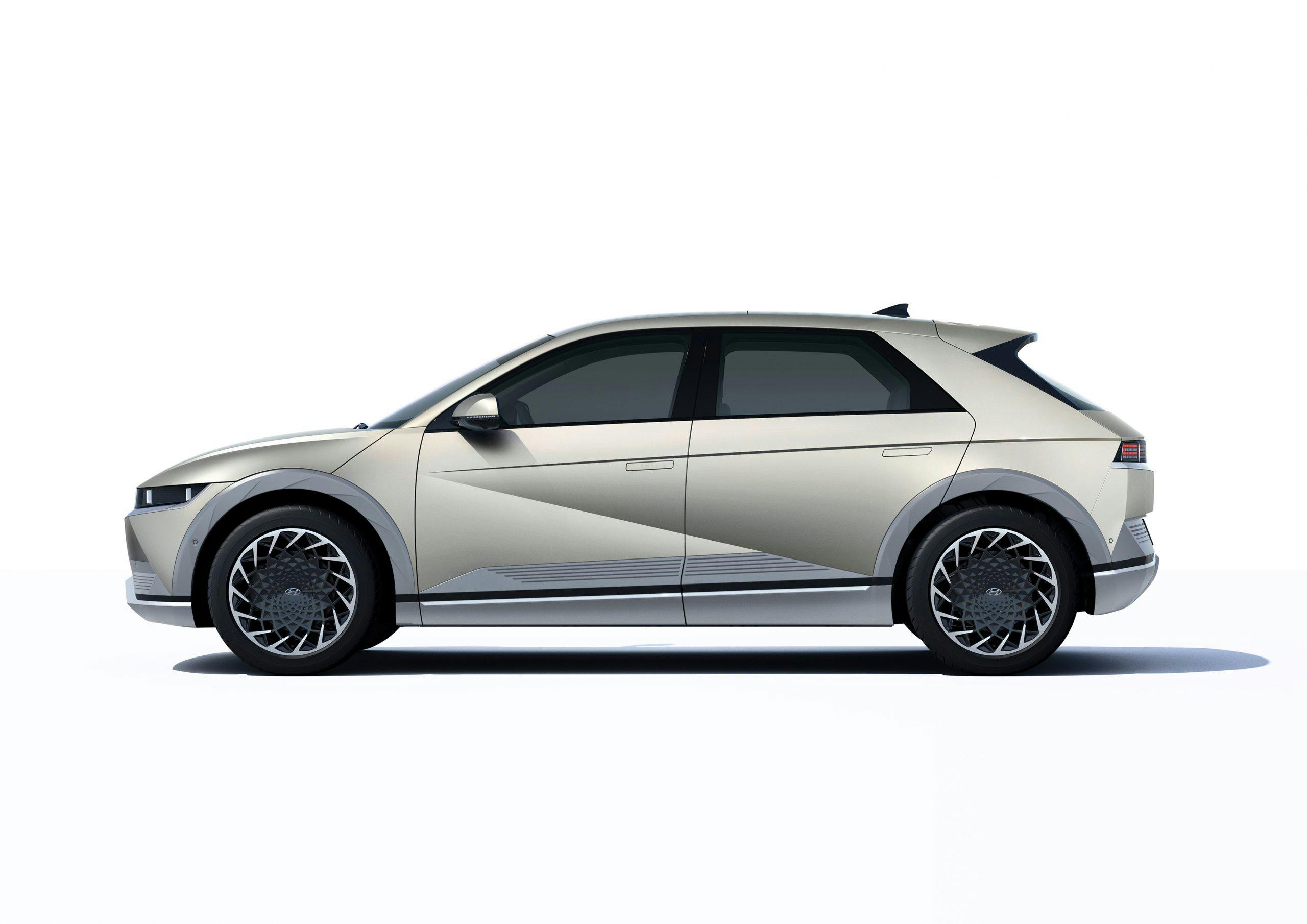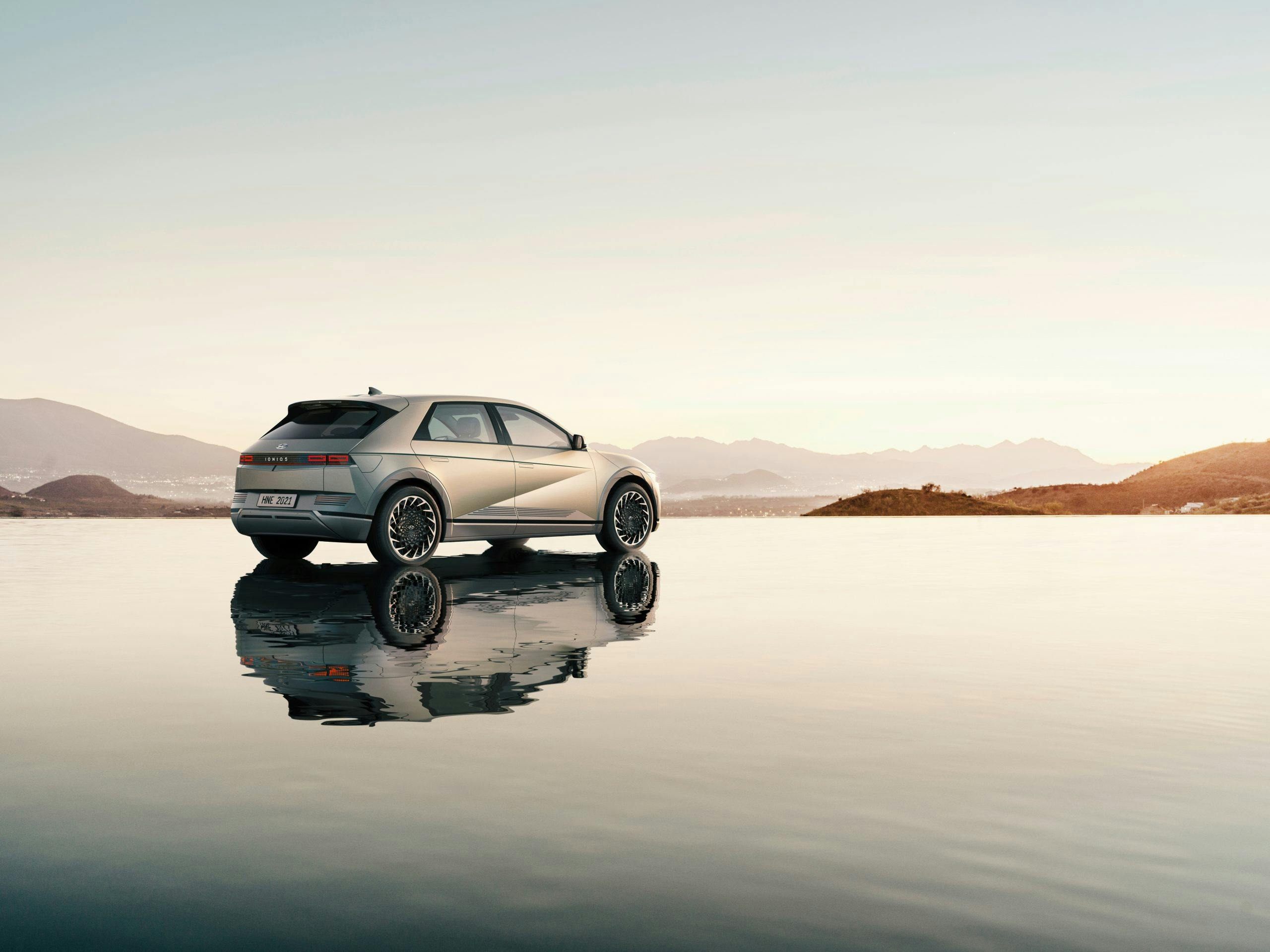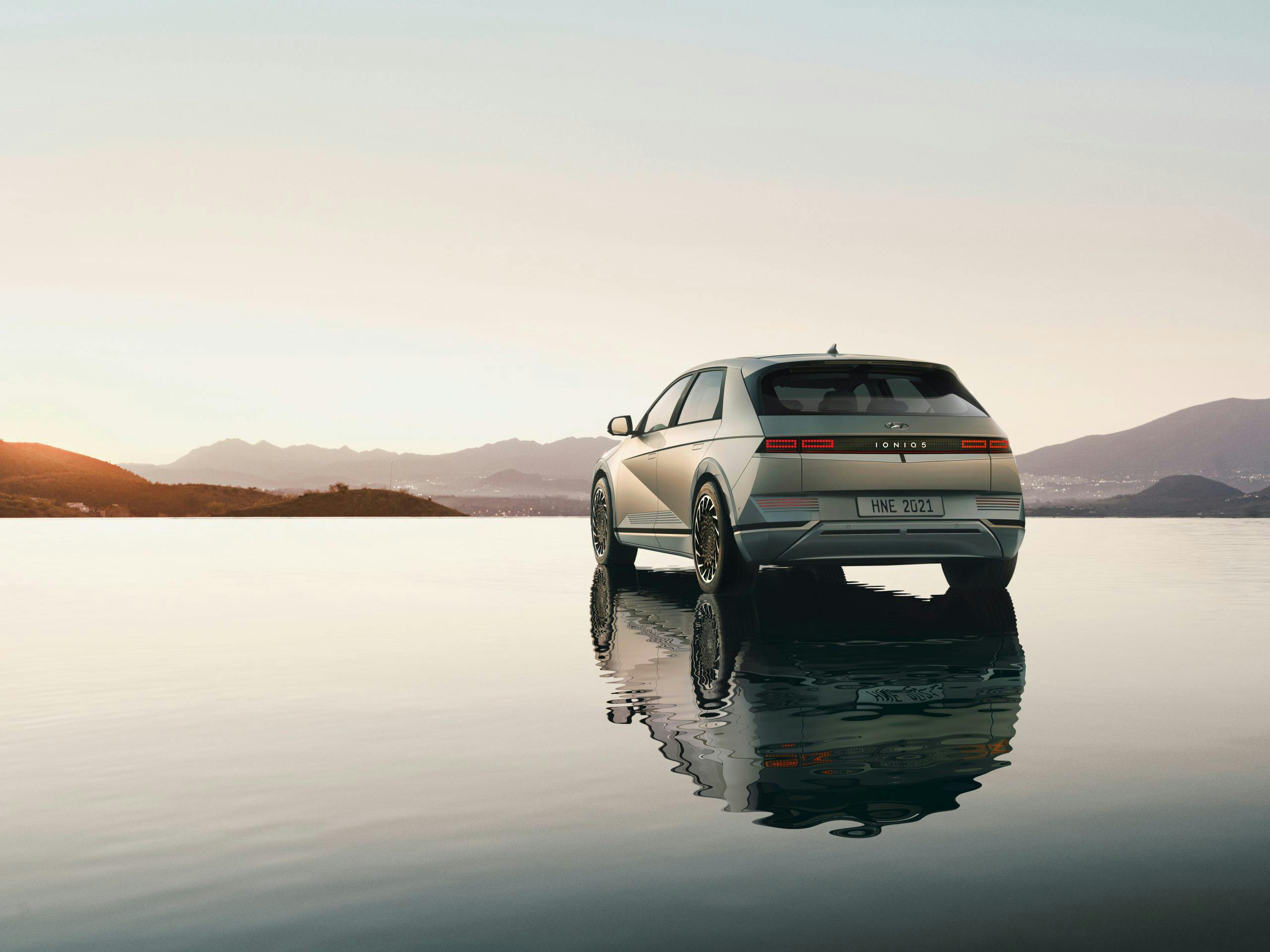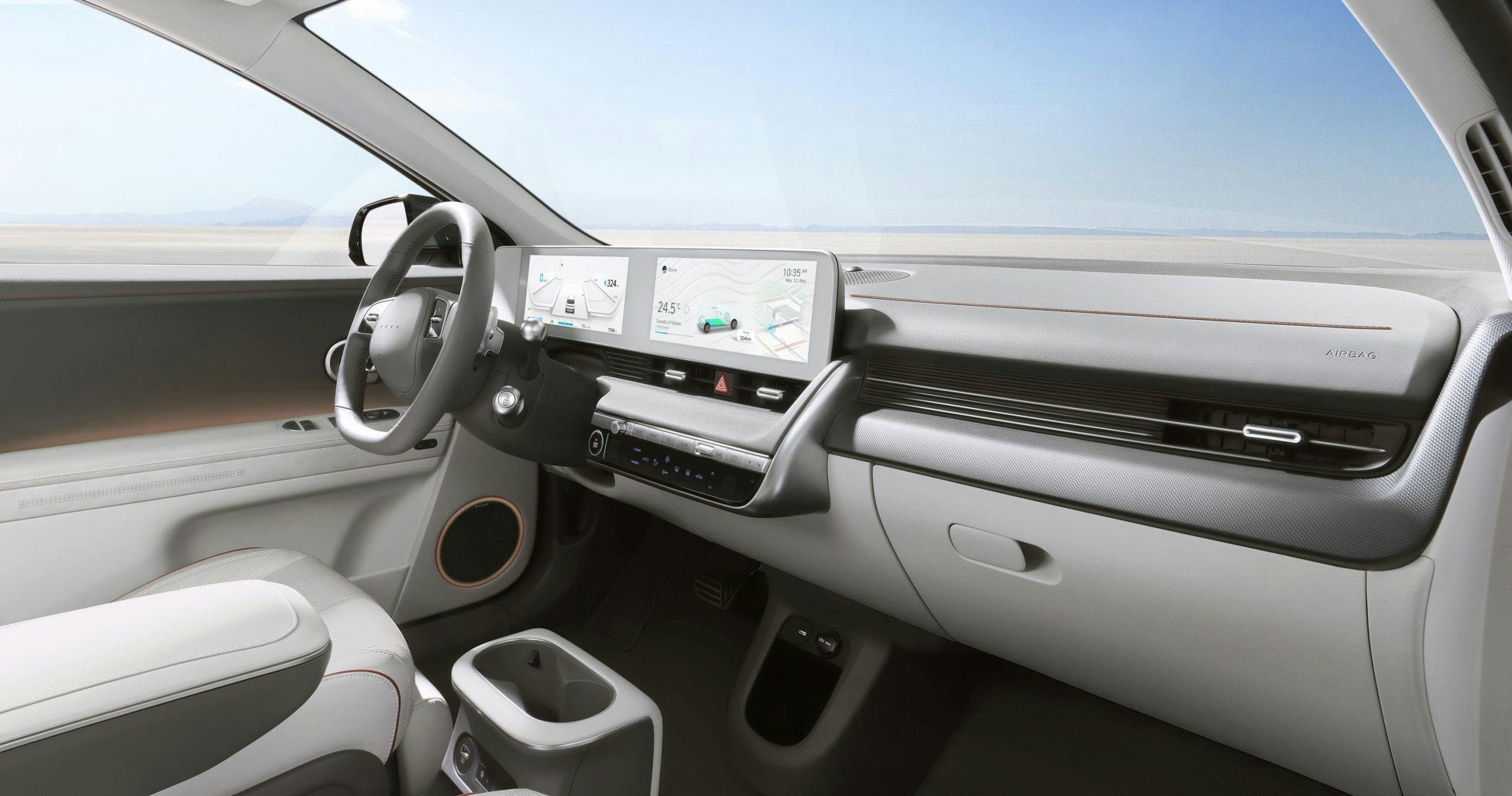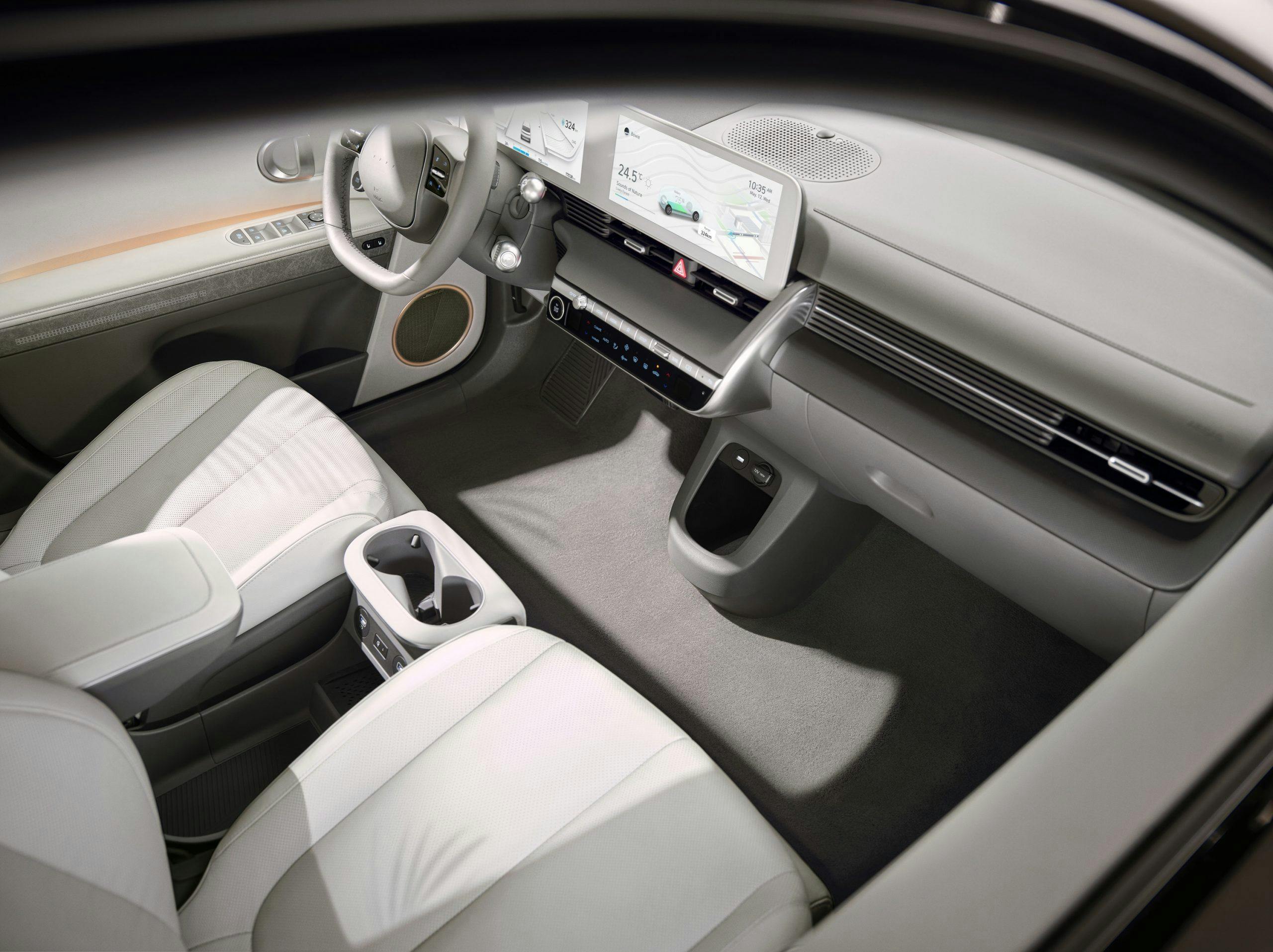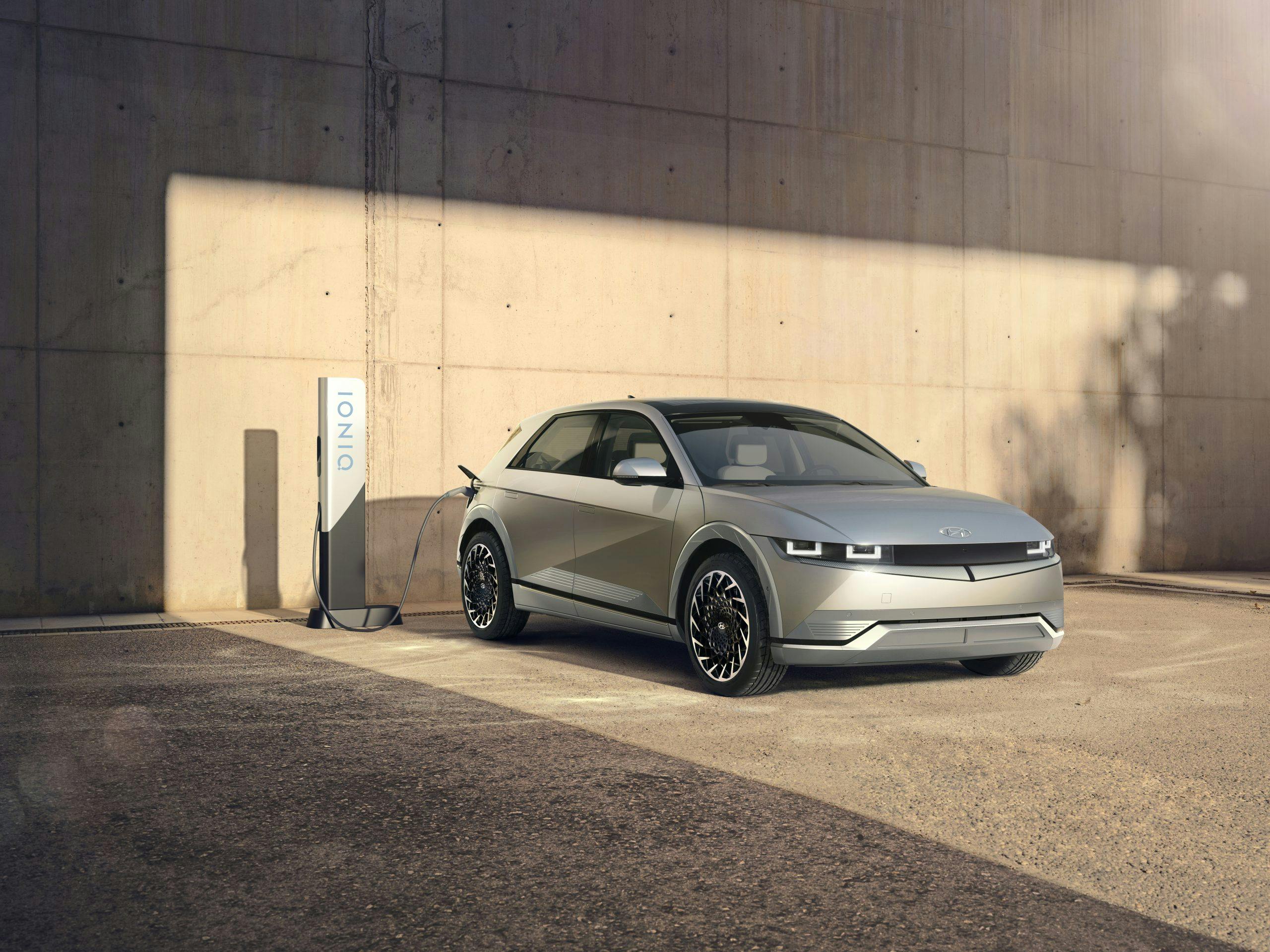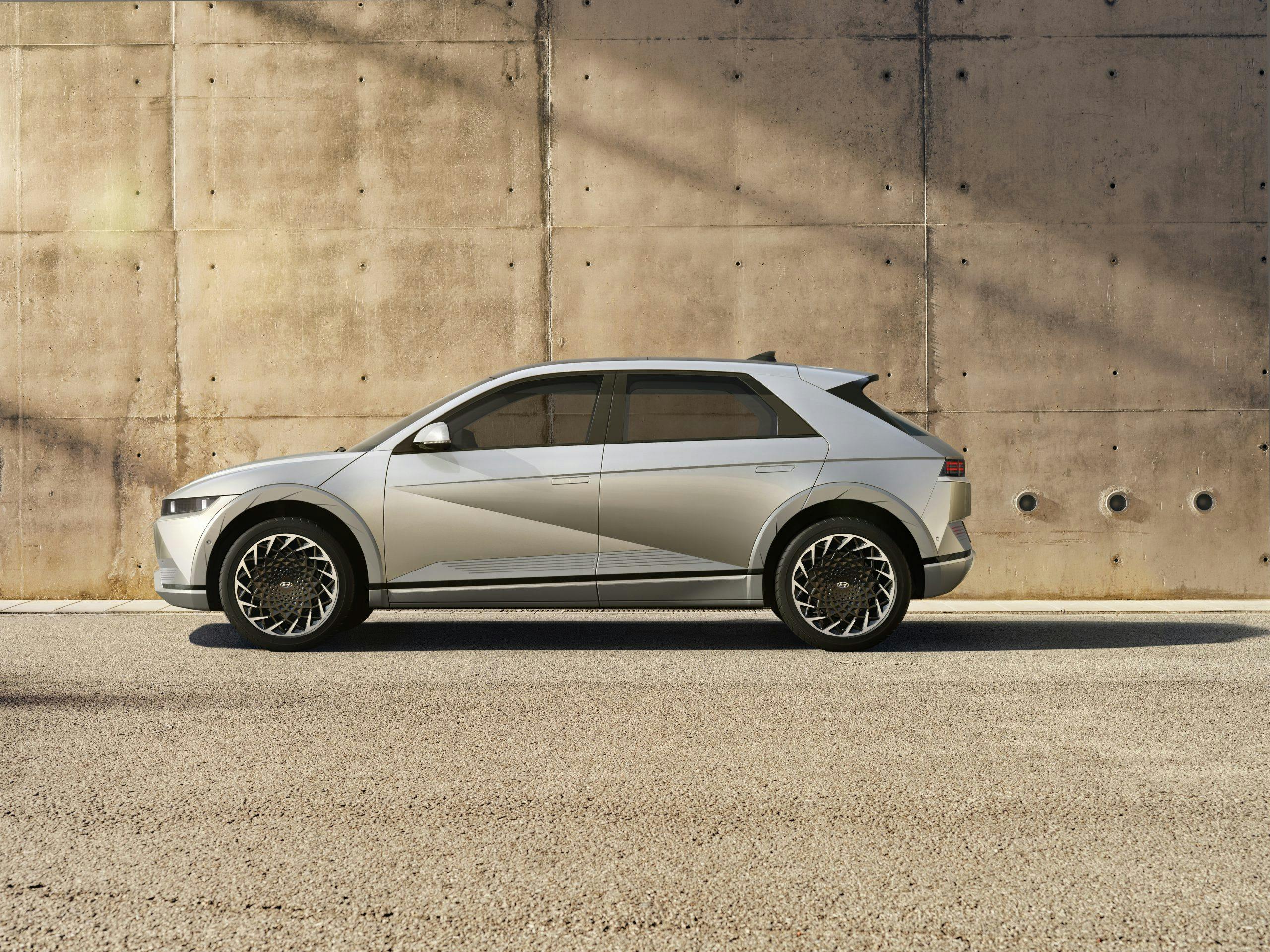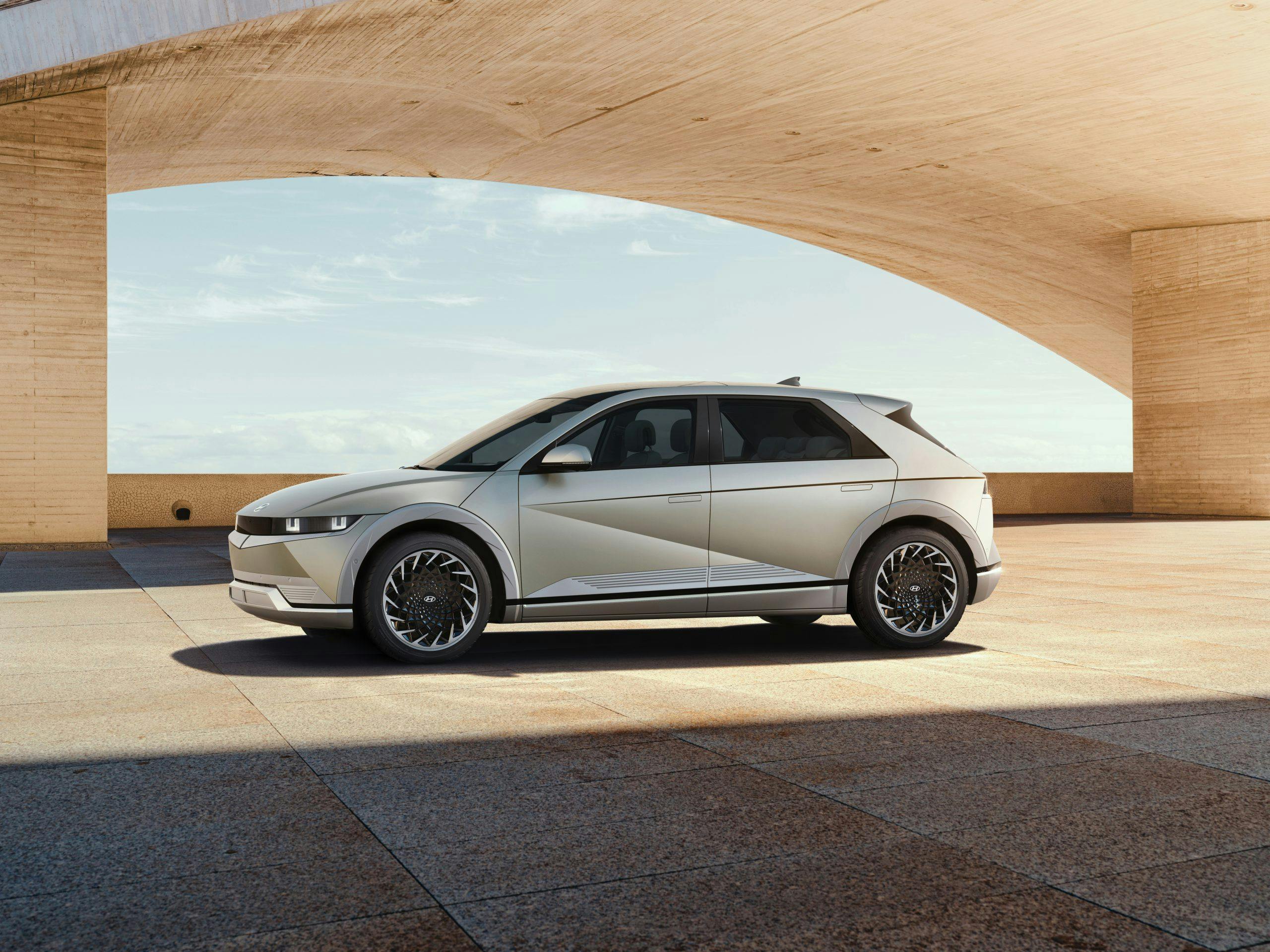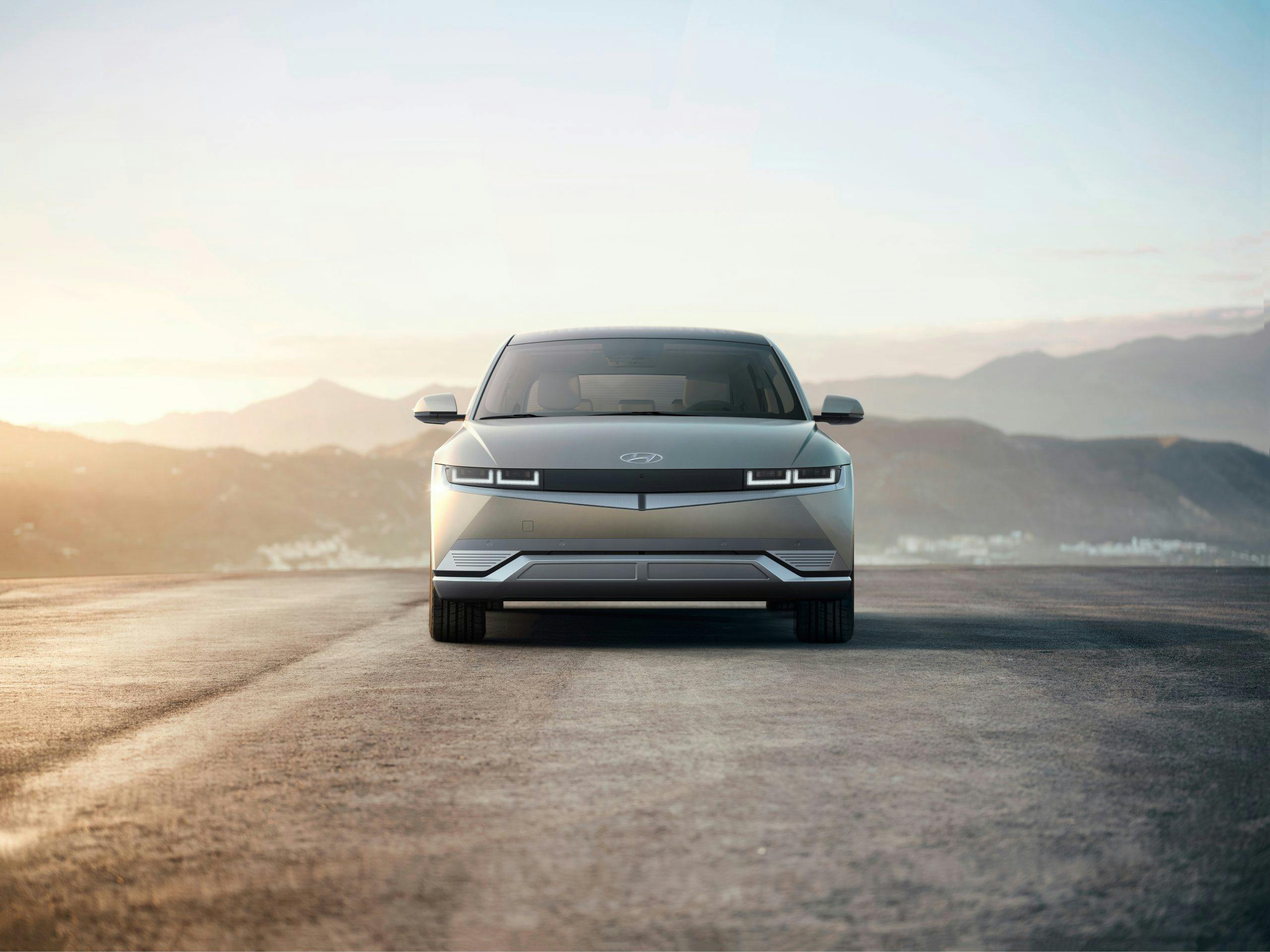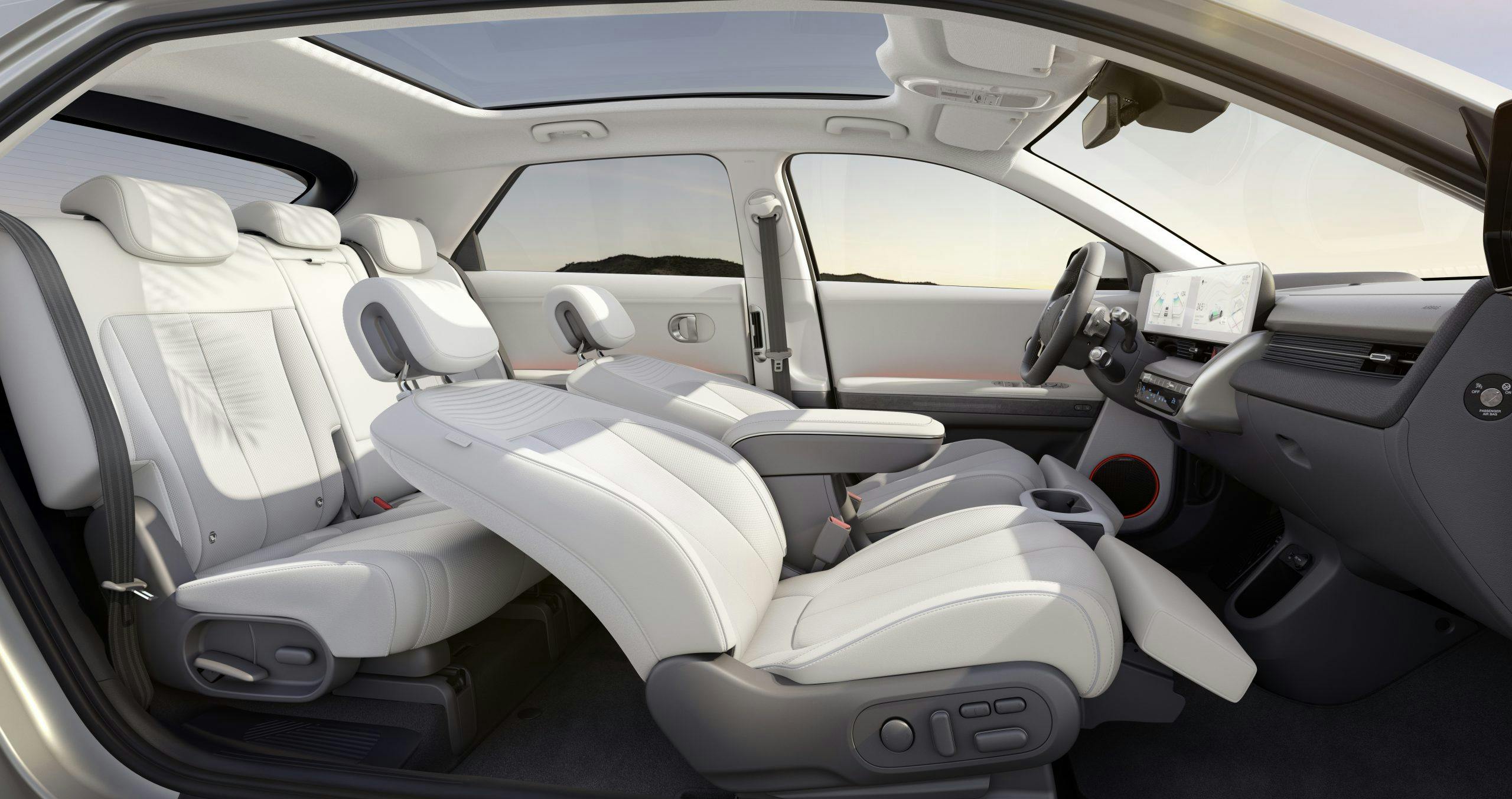Media | Articles
Hyundai’s new Ioniq 5 is proof that EVs don’t have to look boring
Hyundai just revealed a new all-electric CUV, the Ioniq 5. It’s the first model in the company’s new EV-only Ioniq sub-brand, erected atop a new BEV architecture called Electric-Global Modular Platform (E-GMP). And it looks wicked, somewhere between funky and futuristic.
By this point in the so-called electric revolution, you’ve probably heard some form of the argument that EVs will grant designers loads more freedom, thanks to fewer components, compact electric motors, and a battery pack affixed low in the floor. Simplified innards mean more opportunity for expressive or reimagined interiors, right?
That should be true of the Tesla Model 3 and the Chevy Bolt, both of which are about as bland to the eye as dentist-office wallpaper.
Consider the Ioniq 5 the first example of a legacy automaker actually delivering on the promise of interesting design for a mainstream car. (The Porsche Taycan is a looker, but it’s rather spendy, and that goes for the Audi e-tron GT, too.) We’ve known for a while that Hyundai’s electric future was going to look different, but rarely does a car translate so completely from the concept stage to the actual production model. The Ioniq 5 finishes what the 45 EV concept began in September of 2019 at the Frankfurt Motor Show.
The Ioniq 5 is also Hyundai’s first electric implementation of “Parametric design,” a principle we first got a taste of with the redesigned Hyundai Tucson. Were it not for the 118.1-inch wheelbase, you’d be forgiven for thinking Hyundai just unveiled the most exciting hot hatch this side of the Veloster N. That wheelbase, by the way, is nearly four inches longer than that of Hyundai’s supremely svelte Palisade SUV. All this with a surprisingly forward-looking style that’s imbued with traces of the Pony, Hyundai’s first production car.
Marketplace
Buy and sell classics with confidence
The whole package boasts sinewy lines throughout the body, whether it’s along the edge of Hyundai’s first clamshell hood, or traveling back through the doors where we see lines from the front and the read of the car intersect to catch the light and play fun little games with it. There’s whiffs of Lancia Delta Integrale in the side profile. Those short overhangs and lowride height really do make this whole package feel like a really big hot hatch, though it’s unlikely to be performance-minded for anything other than range.

We’re going to withhold further praise until we see what those massive 20-inch rims do to ride quality, but we do have to admit that they look compelling. Hyundai and Genesis have been on absolute heaters with wheel design, be it on the sublime G90 luxury sedan or here on a BEV for the average new-car customer.
The color choices are just as compelling as the metal they’ll adorn, if not more so. The Ioniq 5 seen here is slathered in the hero color, dubbed Gravity Gold Matte, but you can choose from other expressive hues such as Shooting-Star Gray Matte, Digital Teal-Green Pearl, Mystic Olive-Green Pearl, and Lucid Blue Pearl. There are boring colors as well, but just like we won’t bother to list them here, you shouldn’t bother to option them on your Ioniq 5.
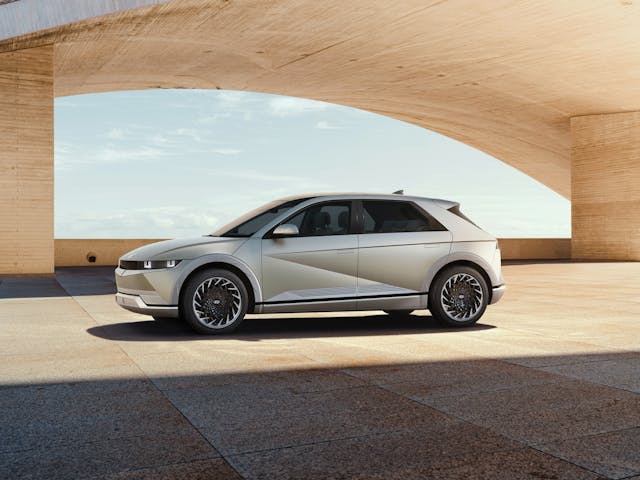
Customers can select from two battery pack options, a 58 kWh pack or a 72.6 kWh pack, as well as two motor configurations: Single motor in the rear, or two motors with one at each end. Hyundai says that a single-motor, 72.6 kWh battery pack-equipped Ioniq 5 can achieve around 295 miles of range, according to the WTLP test cycle (EPA range not available). The whole kit can charge on 400-volt and 800-volt charging infrastructures and boasts a function that Hyundai calls “Vehicle-to-Load” (V2L) that enables the car to act as a charger on wheels for smaller electronics like ebikes and camping equipment. Using a 350-kW charger, the Ioniq 5 will be able to climb from 10 percent charge to 80 percent charge in just 18 minutes.
Inside, Hyundai’s designers sough to make the most of the EV’s low floor and compact drive units. Second-row seats folded, the Ioniq 5 boasts an impressive 56 cubic feet of storage space. But more than sheer volume, it’s the tasteful implementation of ideas meant to serve passengers that has us intrigued. There’s a sliding center console that Hyundai calls the “Universal Island,” which can slide back five inches towards the rear occupants to create a cavernous opening up front, perfect for a purse or work bag. Hyundai says the front seats “recline to the optimal angle,” which if you look at the picture below, implies a great chair in which to nap. Look closely and you’ll see the footrest that folds out—yep, that’s a breath away from a La-Z-Boy in the front seat, and we’re here for it.
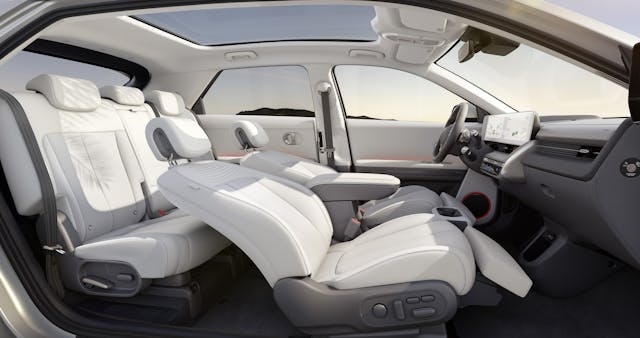
Color us impressed, inside and out. It’s not a stretch to say that Hyundai is the boldest mainstream OEM in today’s market in terms of design. It seems like the past decade has been a constant flurry of upgraded, facelifted, all-new, or breathtaking concept vehicles from Seoul. With the debut of the Ioniq 5, Hyundai remains top of the heap as it ushers in an exciting new EV era and proves, really, that EVs don’t have to be boring, bulbous pods. We can only hope more automakers decide to follow suit.

